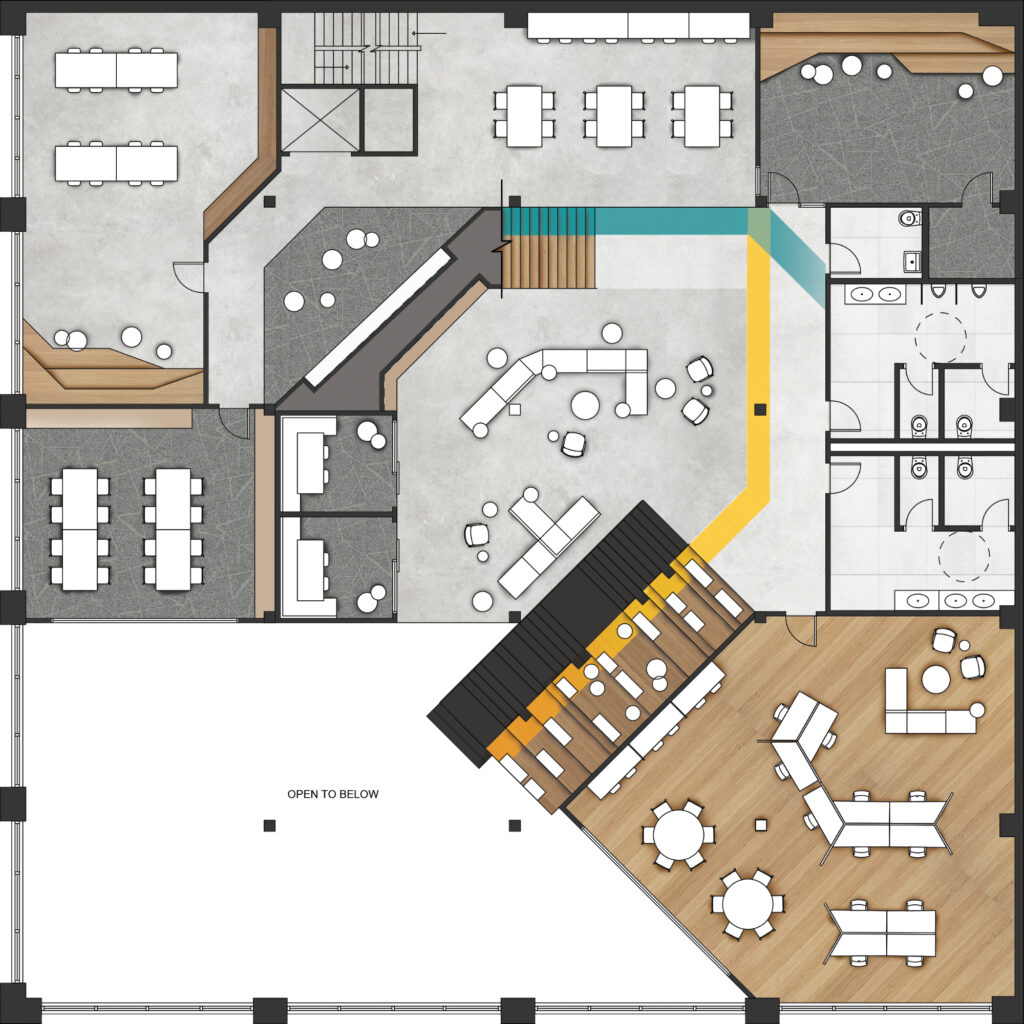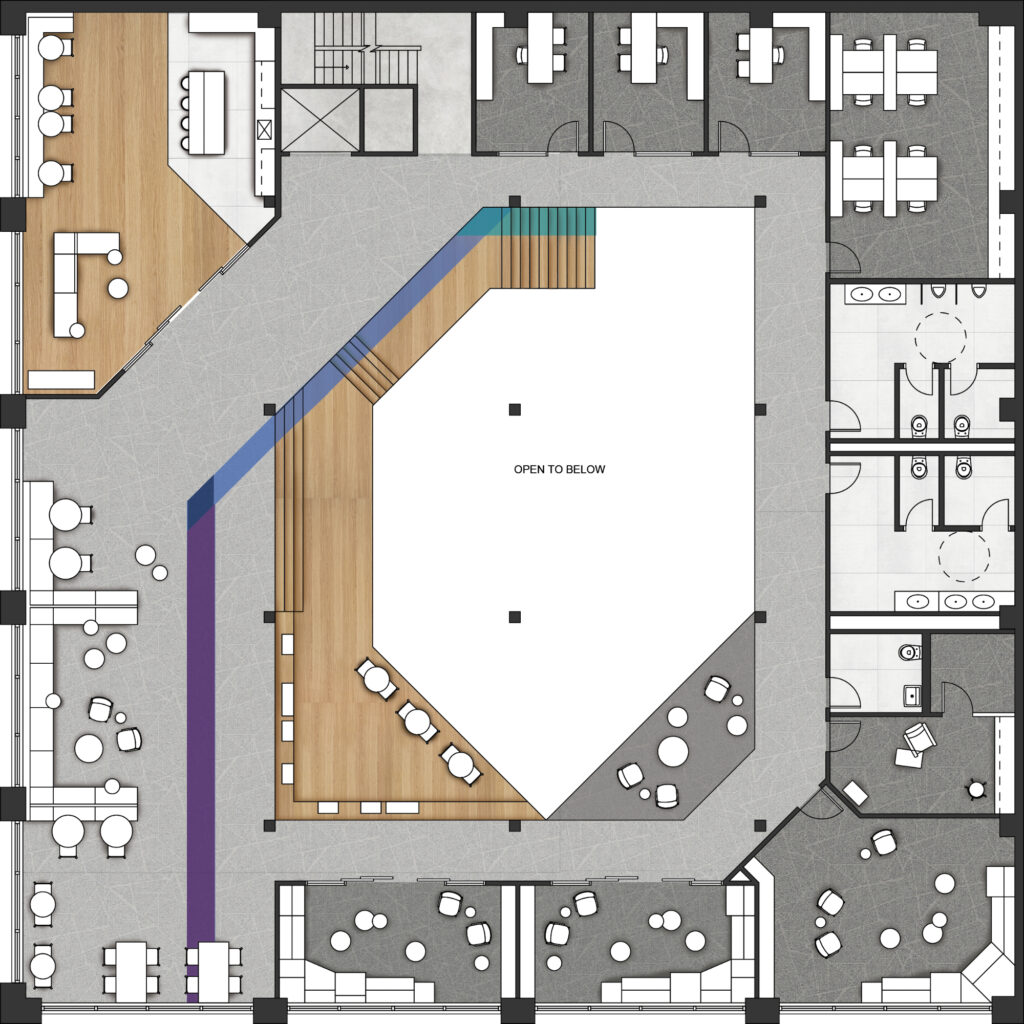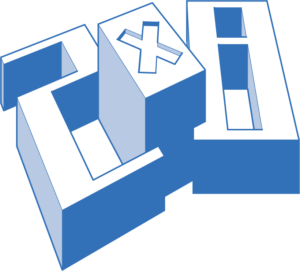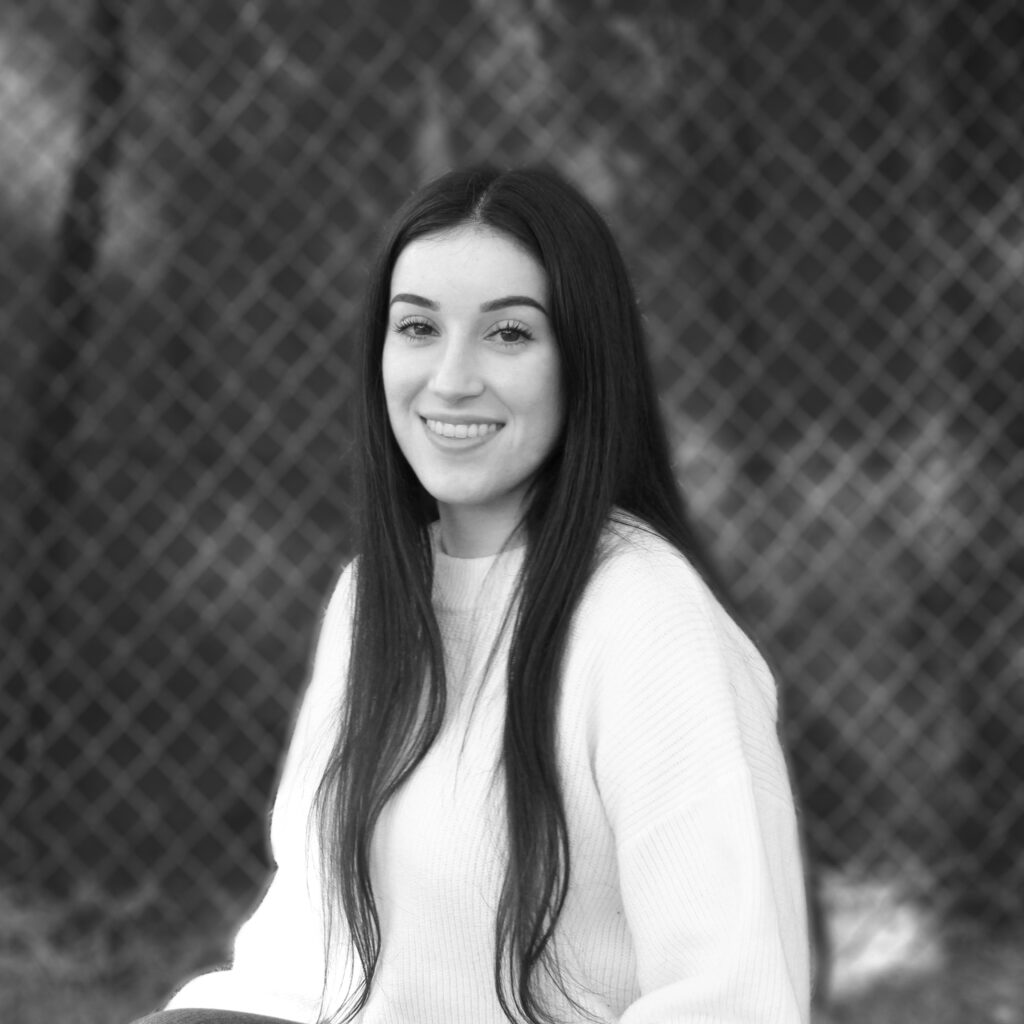
Wendy Uriarte
California State University, Long Beach
Professor: Alec Johnson
Luzid is a Youth Community Center in East Los Angeles that serves as a haven for young adults and teens to gather. This space represents a moment in the lives of these youth designed to lead them on the right path by giving them the clarity and connections they lack, all while targeting the major components of socialization, education, and mental health that are vital in their growth. The space was designed to create an experience that takes the users on a journey symbolic of these individual lives that can be hard and unpredictable. As they make their way up, they are met with moments of connection that allow them to take a moment of pause. The levels are all based on specific programs that are proven to give guidance and resources to youth involved with gangs that engage in positive behavior.
Luzid Community Youth Center
Luzid is a youth community center that focuses on gang reform and prevention. The main purpose of this space is to help guide and provide resources for young individuals in East Los Angeles who are exposed to or involved in gang activity. My research led me to understand the importance of dealing with gang involvement at an early age as a preventative measure for both the users and for the community. Because youth are more susceptible to joining gangs and being influenced by others, I created a program that targets youth between the ages of 10-18 welcoming users of all backgrounds whether they have financial struggles at home, live in toxic households, or are interested or concerned about the route they are currently on.
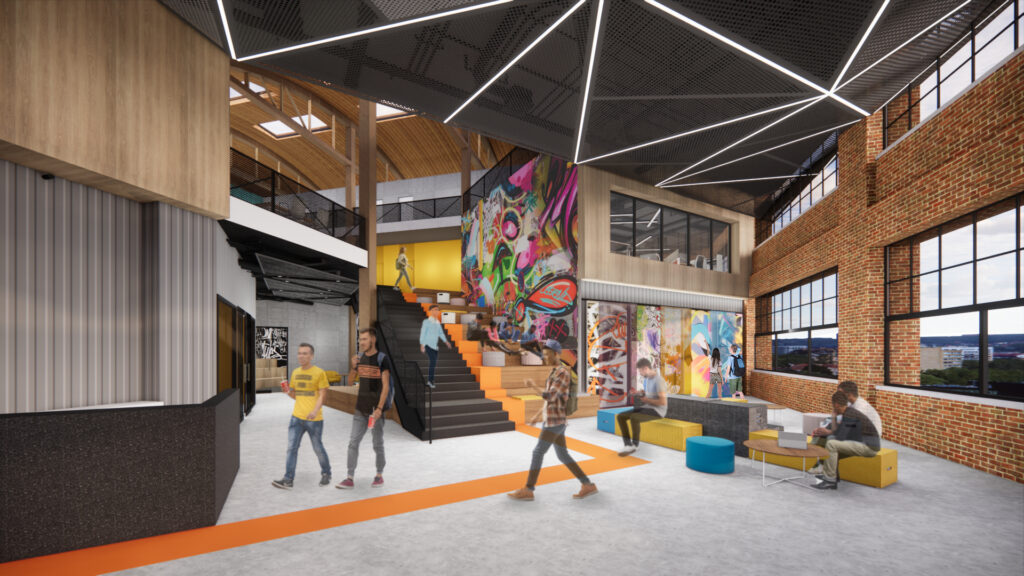
In my research I was able to learn more about youth gang involvement. To begin, it is important to understand that it not only affects the individuals, but also the community. Members of the community deal with the heightened fear of violence or crime in their businesses, schools, and families. This leads to mental health issues in addition to the money it costs taxpayers to incarcerate a juvenile per year or the amount crime due to gang involvement costs annually. Then, I looked into why youth join gangs and found infinite reasons why this occurs. Involvement is a cause of peer pressure, the need for human interaction due to lack of protection at home, and even exposure to gangs and violence at an early age. I was able to narrow this down to four main points being mental health, cultural barriers, family neglect, and lack of self-identity.
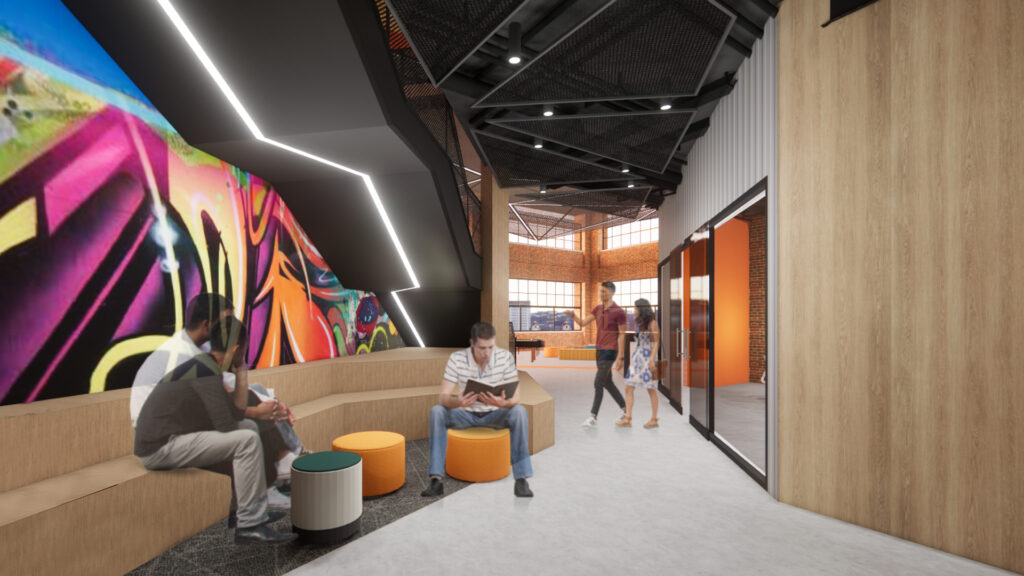
I began to develop my concept using this research by understanding what causes youth to join gangs. The connection I was able to make on the four points is that these individuals lack self-identity and are seeking clarity in themselves and connections that they lack in their personal lives. These connections and clarity that they seek are what has helped really drive my ideas and design.
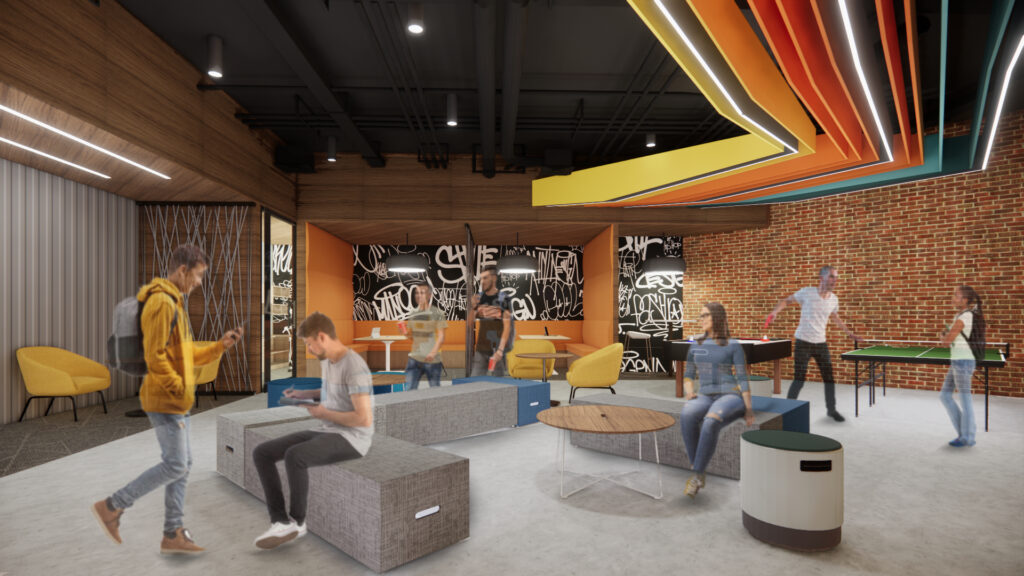
TextI started off the design process by creating a physical model to abstractly represent what obscurity in their life is and how their experience at Luzid will help them find that clarity. Within the strands of thread, a main source of thread was created where all the other strands come from. This main strand represents their life journey, and the thinner strands reveal the different decisions they make. Starting off at the bottom unclear with their own path and as they go up and are led to making the right decisions, they can find clarity. Within this journey they are met with moments of pause and connection with others who are going through a similar journey tothem.
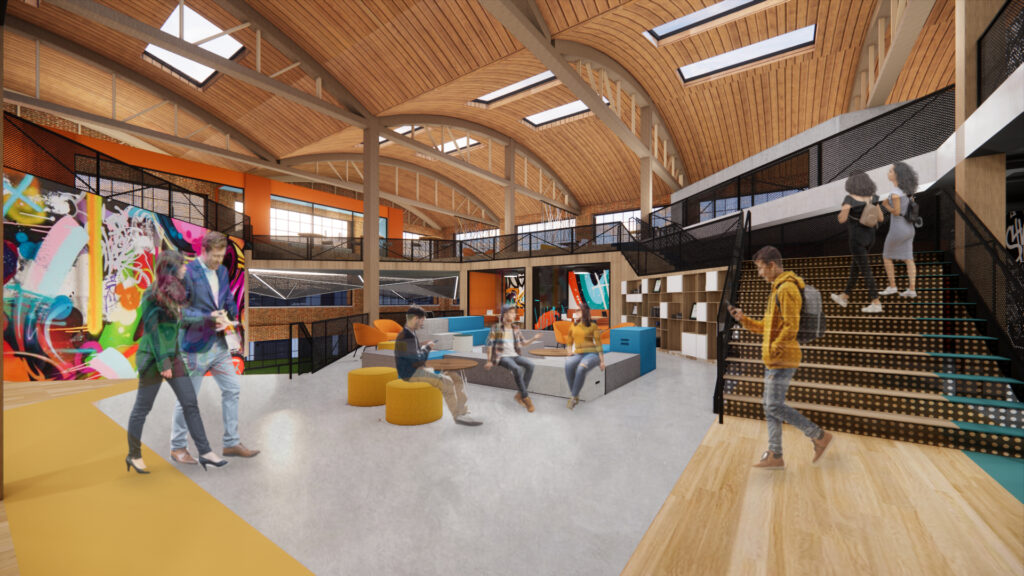
To sum up my concept, youth are all travelers on their own journey and all our decisions lead them to different paths. This program represents just a moment in the life of these youth designed to lead them to the right path by giving them the clarity and connections they lack, all while targeting the major components of socialization, education, and mental health that are vital in their growth. I applied my concept to my space by designing a maze-like staircase, taking advantage of the three-level building that was previously a candy factory. This staircase represents individual journeys that can be hard and unpredictable. As you make your way up, you are met with moments of connection that allow the users to take a moment of pause. The levels are all based on specific programs that are proven to give guidance and resources to youth involved with gangs that engage in positive behavior.

The first floor focuses on the social spaces which allows this level to be public and the least intimidating, especially when dealing with teens and young adults who may be hesitant about receiving help. It includes flexible spaces for seminars or guest speakers to speak on their own journey or transformation, a community kitchen where local vendors in the community can sell and feature their dishes. This not only brings awareness to the program and involves the community, but it also provides opportunities for the users to work and interact with others. This level also includes a public communal space for older children and teens that is separate from the rest of the programs. This safe and welcoming space is intended to also bring awareness to Luzid in a way that can be the first step in helping another young member of the community. To reveal the significance of this space as the first step for many of the user’s lives, it is designed at an angle which was one of the first spaces set on my plan which dictated the orientation and angle of all the other forms and rooms.
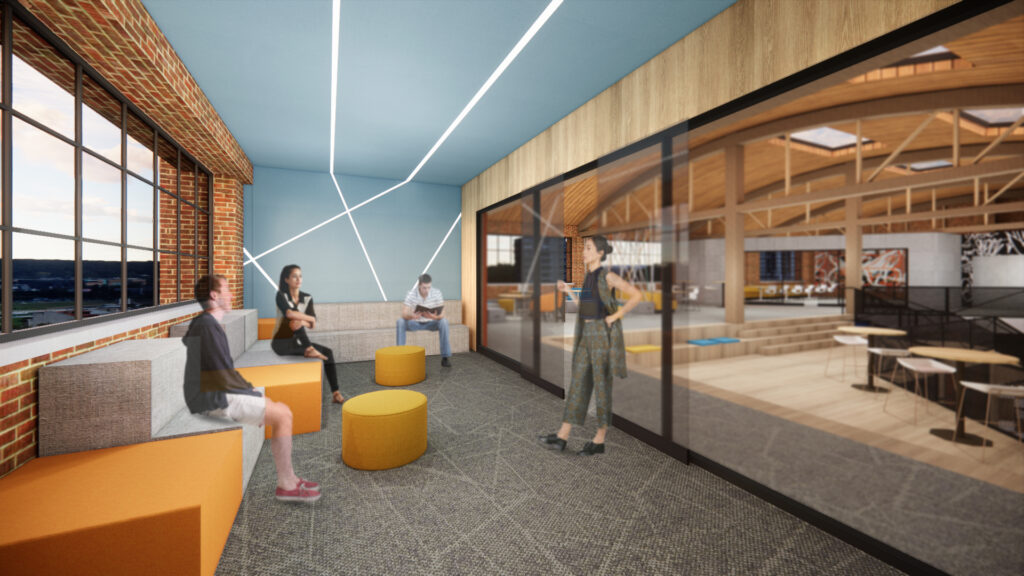
The second floor focuses on the educational programs. It includes a computer lab, tutoring workstations, classrooms, and makerspaces. When designing these classrooms, I wanted it to feel fun and be a relaxed environment, so it does not feel like school. Stadium seating is incorporated into the classrooms so that users can begin there and break out into workstations after. In these classrooms they have classes based on existing talents they may already have but transformed into something that will allow them to grow. For example, art classes that allow them to express their creativity and business classes that teach them about finances.
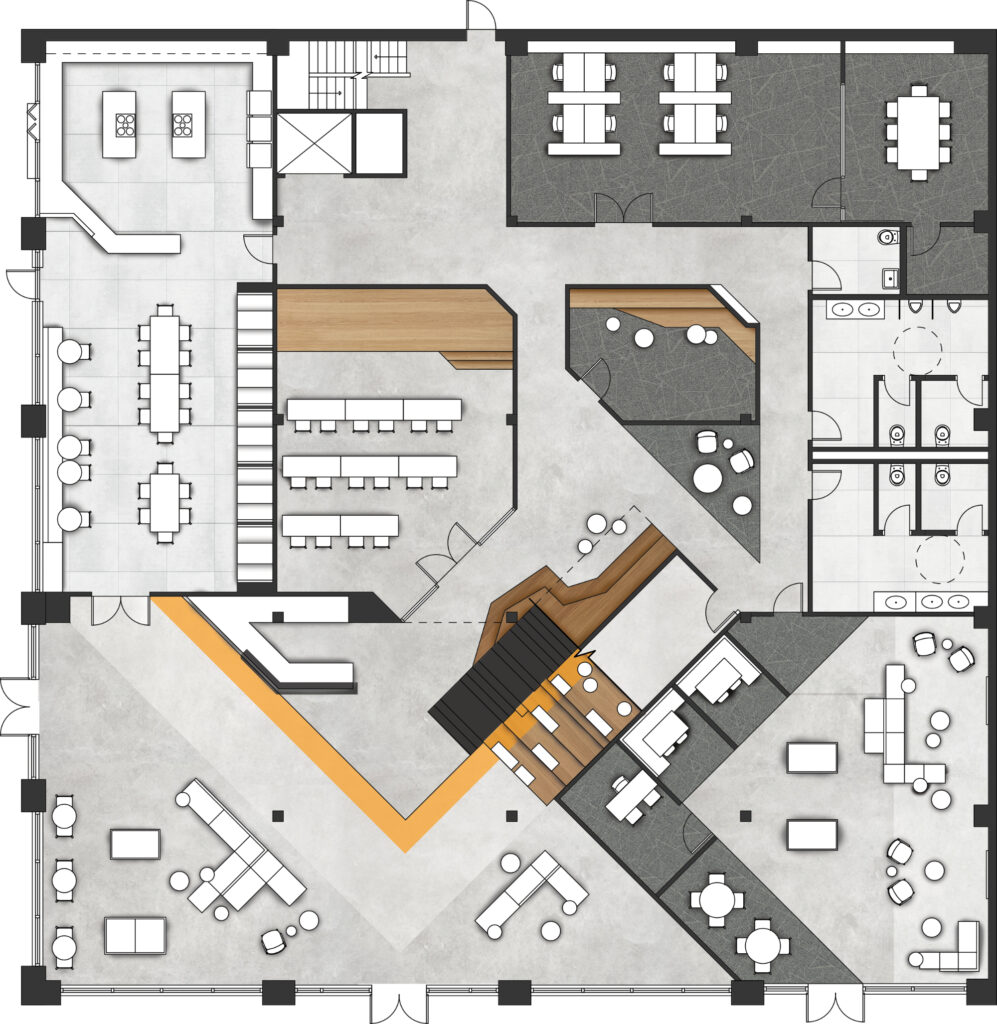
The third floor focuses on programs for mental health. It includes private offices for social workers, wellness checkup rooms, and different sized therapy rooms for individual or group sessions. In the therapy rooms, modular seating is used so the space can be reconfigured as needed and smart glass allows the glass to be frosted for extra privacy.
